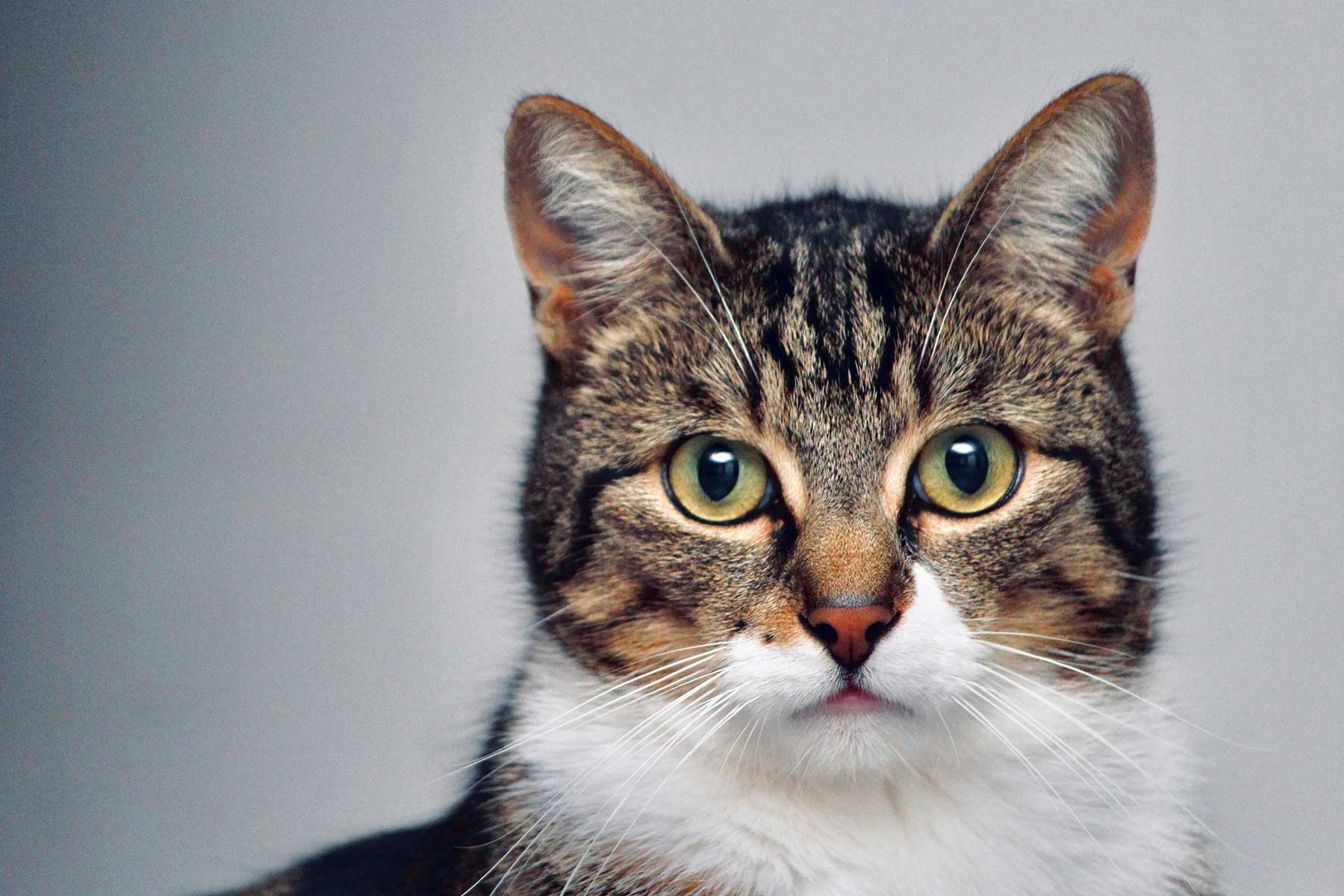Animals only see in black and white
Myth
It was once thought that animals, including cats and dogs, could only see in black and white. However, scientists have proven this to be a myth. In all animals, including humans, the perception of colour is determined by the presence of cells in the eye called cone photoreceptors. Cats and dogs have two kinds of cones, which are sensitive to blue and green light. This means they have a useful level of colour vision. The level of colour vision in other animals depends on the presence and types of the cones.
Cats and dogs are colour blind
Fact
To see in full colour as we know it, humans use three cones – red, blue and green. However cats and dogs only have blue and green cones. This means they have a much more muted perception of colour, which is akin to colour blindness in humans. As cats and dogs are not sensitive to red light, they have difficulty distinguishing some colours. For example, behavioural tests in dogs suggest that they can distinguish red from blue, but often confuse red and green. Similarly, they often perceive green as grey.
Cats and dogs can see in the pitch dark
Myth
Cats and dogs have evolved to be superbly designed for night-time hunting. Their eyes have a high density of rods, which are the cells that are sensitive to dim light. This means they can see normally with as little as 15% of light that humans would need. Also, their pupils function much as the aperture for a camera does, dilating significantly when they need to take in extra light. Cats in particular have exceptionally large pupils for their body size and outstanding night-time vision. However it’s a myth that cats and dogs can see in the pitch dark. Like all animals, some light is required for the eye to function properly.
Only one animal cannot see in colour
Fact
The only animal that has been confirmed to see only in black and white is a fish called a Skate. This is because it has no cones in its eyes.











